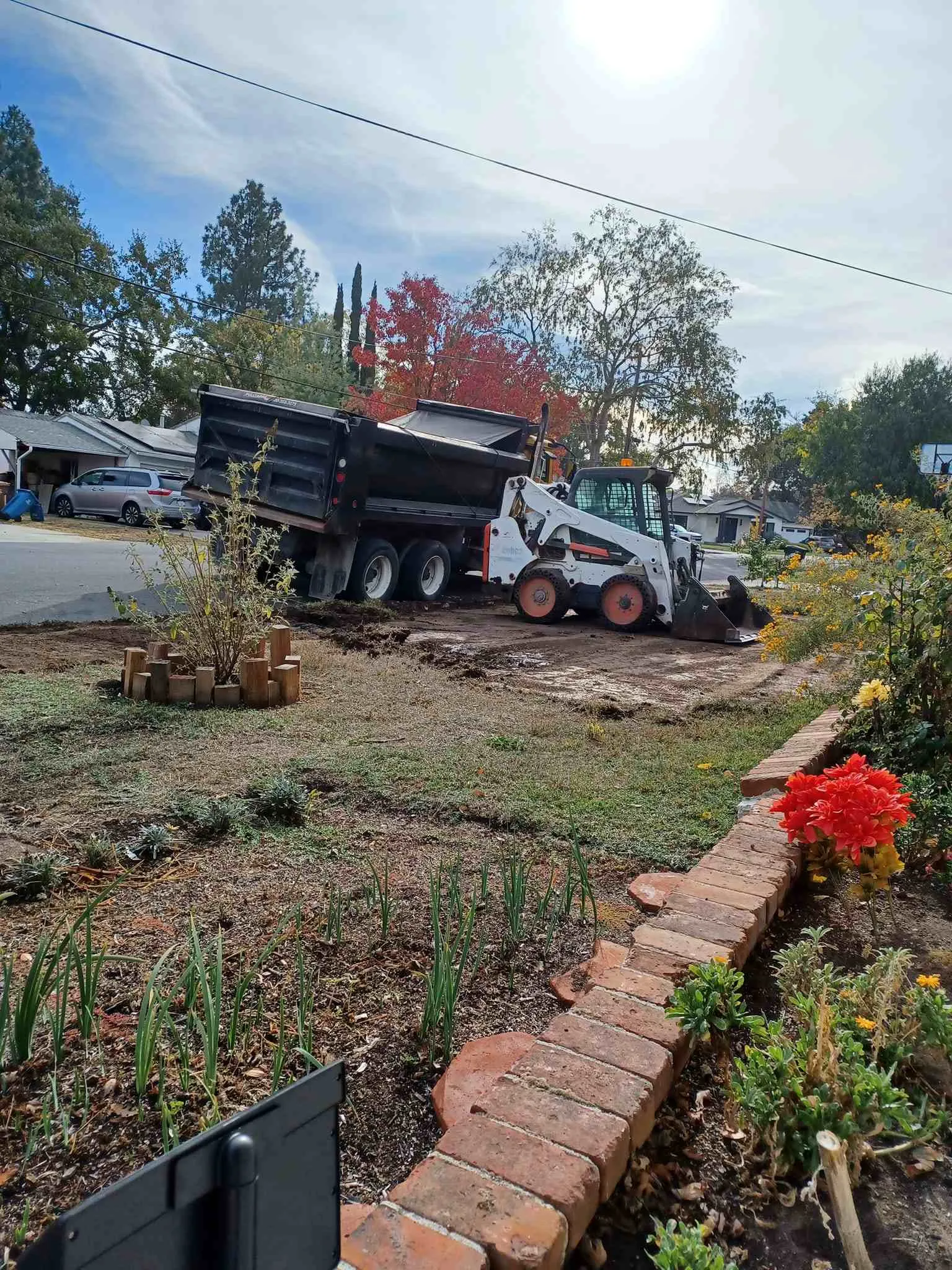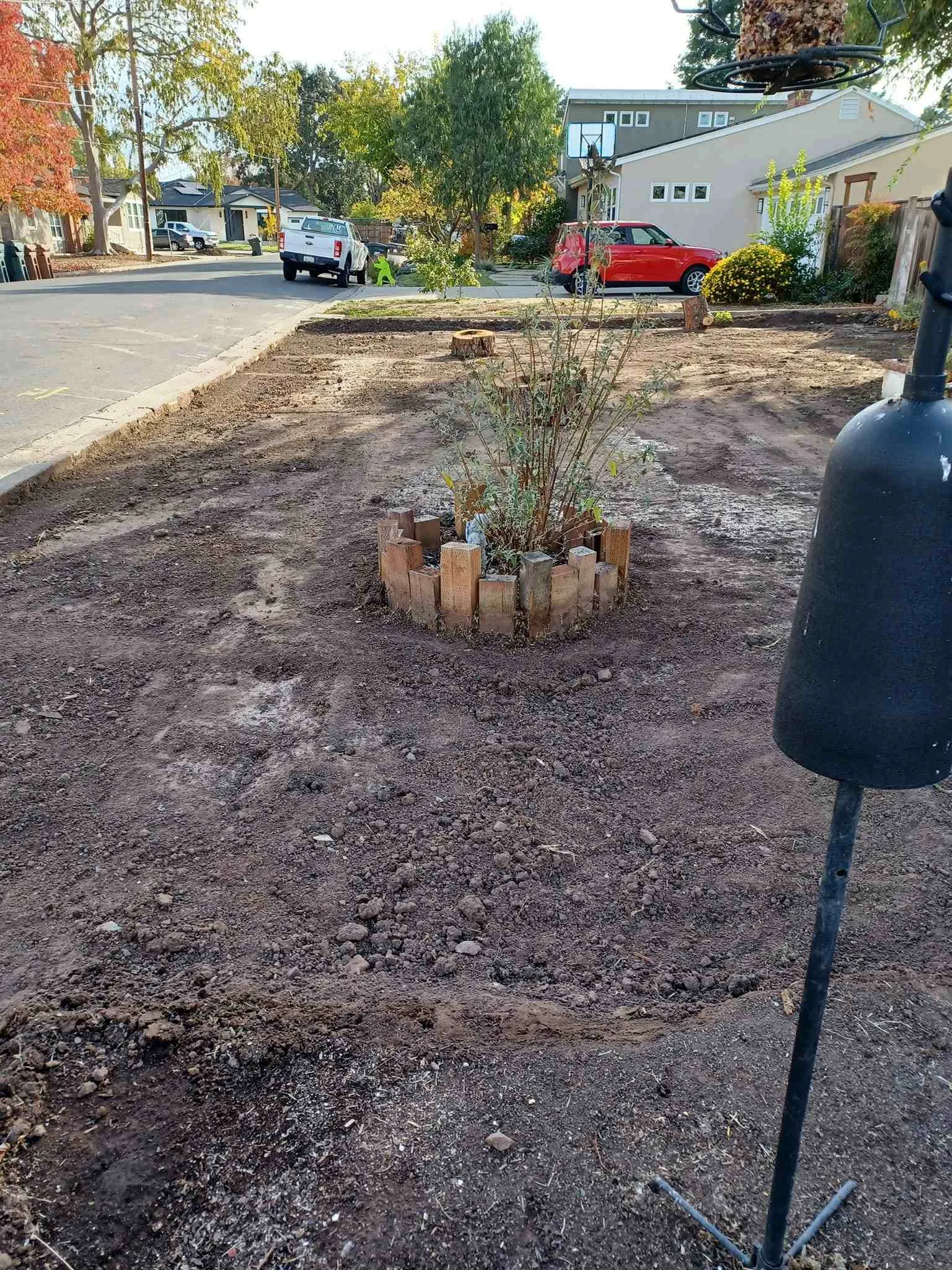Meadowscape Makeover: Transforming a Front Yard into a Wildlife Paradise
Creating a wildlife-friendly front yard wildflower lawn benefits you in a lot of ways. Creating a wildlife paradise may improve the health of your plants, flowers, and produce. A meadowscape is a natural garden with mostly native plants (although you may include some companionable non-natives) maintained ecologically utilizing systems. Meadowscape benefits include:
- Provide habitat and food for birds, pollinators, and beneficial insects (you'll observe new species)
- Native plants' deeper root systems promote water penetration and drought tolerance.
- Cut maintenance, mowing, and time expenses
- Minimize carbon footprint by removing mower, blower, trimmer, fertilizer, herbicide, and pesticide emissions, and gasoline inputs.
- Enhance water quality by reducing fertilizer, pesticide, and herbicide discharge
- Because native plants have deeper root systems, they store more carbon than lawns.
- Enhance air quality by lowering lawn equipment emissions, trapping particulates, absorbing gaseous pollutants, and phyto-remediating soils
- Decrease harmful lawn equipment noise

Meadowscape Makeover For Small Spaces
Utilizing the concepts of layered plant communities, you may create more manageable meadowscapes—ideal for situations where your city has an out-of-date yard bylaw, you're not quite ready to let your grass grow wild, or you're concerned about neighbor complaints.
In order to plan a more orderly meadow:
01: Species Of Plant:
Choose no more than five or seven different species of plants. Coordinate the blooming of a couple of species at a time using a consistent color scheme. Make sure your meadow is well-balanced by planting a mixture of sedges or grasses (around 65%) and flowering plants (35%). You may tweak this ratio to suit your level of neatness desire and the amount of pollinator activity you want to foster.
Although blooms are visually appealing, Little Bluestem, Indian grass, and Panic grass are responsible for the meadow's stability and resilience in the long run.
02: Investigate Your Local Environment:
Choose plants that will thrive in your garden and help you achieve your environmental goals. Think about things like soil preference, growth patterns, spread rate, plant compatibility, and animals they attract.
03: See The Broader Picture:
See your plants not as separate species but as part of larger, dynamic groups. Arrange them in designs that can be seen, making clusters that are aesthetically beautiful and drawing the eye. Plant them tightly together (approximately 30 cm apart) to rapidly create a verdant meadow and keep weeds at bay.
04: Soil Care:
To cover the soil, keep it cool, increase biodiversity, provide cover for animals, and reduce weeds, spread a thick layer of sedges as a foundational layer. Because they cover the ground before other species emerge in the spring, sedges are very useful. Incorporate low-lying native grasses or prairie dropseed into this foundation, and scatter around 10% of blooming ground covers for texture.
05: Blooming Plants:
To bring in the changing seasons with your meadow, layer blooming plants. For a visually stunning display, group these seasonal bloomers in clusters of three to five, and make sure they make up about 20% of your plant composition.
06: Compatible Plants:
Always choose plants that get along well with others. Combining sedges with deep-rooted blooming plants, such as milkweeds or coneflowers, allows them to get subsurface nutrients or allows them to cohabit harmoniously with the sedges' extensive root systems.
07: Add Statement Plants:
Bring in a statement plant or plants to accentuate your architecture, depending on the available area. About five percent of your overall plant selection should consist of tall native perennials, edible plants, or tiny native shrubs that are common in grasslands and meadows.
08: Add Seasonal Colors:
Add some seasonal color to your meadow by planting bulbs. Like your floral plants, plant them in groups. Alliums are fantastic since they are both delicious and effective against insects like ticks and mosquitoes.

Meadowscapes Makeover For Larger Spaces
While low-growing sedges or grasses and a few varieties of well-behaved flowers provide for more manageable meadowscapes, biodiversity suffers as a consequence. There is less variety in the animals that can be sustained since their botanical diversity is at least 50% lower. In pursuit of a more untamed pastoral setting:
- include more species that have bloom periods that coincide (a square meter of natural meadow may host hundreds of species).
- mix & match textures and heights
- Incorporate a mixture of grasses and sedges into the foundation layer to get maximum ecological benefit by means of benign neglect.
Fertilizing a meadow, in contrast to conventional gardening, requires a more symbiotic relationship with the natural world:
01: Stay Alert Against Invaders:
Quickly detect and remove any invasive species that might invade your meadow. Make sure they don't establish roots and disturb the natural balance.
02: Balance:
Maintain a steady equilibrium by keeping an eye on and controlling more aggressive species, such as wild senna or Canada goldenrod. These, if not controlled, have the potential to engulf the rich diversity of the meadow.
03: Selective Pruning:
To keep prolific grasses like tiny bluestem from taking over, you may need to deadhead them. Choose sedges that aren't as intrusive instead.
04: Wildness:
Manage the meadow gently while letting it exhibit its inherent unpredictability; this is cultivated wildness. Keep a delicate rhythm and order with thinned seedlings of certain architectural or seasonal blooming plants. This is reminiscent of the prairie's natural patterns, which provide visual interest and mental relief.
05: Change:
Embrace the constantly shifting scenery of your meadow and revel in its ever-present beauty. Some plants will inevitably die off as the years go by, while others will thrive. This life cycle enhances the character and allure of the meadow.
06: Give Seasonal Care:
When you wait until the apple blossoms have finished blooming in late spring—a good sign that hibernating insects like bees and butterflies have emerged—then you may chop back the meadow.
07: Use Only Natural Fertilizers:
Use spring cuttings in a "chop and drop" method for natural fertilization. Instead of using artificial fertilizers, just let them lie on the ground and let them degrade naturally; this will enrich the soil and provide plants with a nutrient-rich basis.
08: Don't Tidy Up Often:
Deadheading and tidying up aren't necessary for winter aesthetics. Not only do seed heads provide winter food for animals, but they also enhance the winter environment with their distinctive structural beauty.
09: Give Plants Room to Grow:
Observe and learn from your plants as they change and adapt to their environment. The natural ebb and flow of the meadow causes certain plants to stretch out while others shrink back.
Contribute To Community Harmony
For the sake of community harmony, think about ways to gradually shape your garden without removing its organic character in the event that your neighbors or local authorities express worry about your meadow's wild look.
Make your front yard wildflower lawn with these tips and tricks and Birdfy’s extensive product range. We have everything you need to invite birds in your meadow. So, explore our products and get started!
